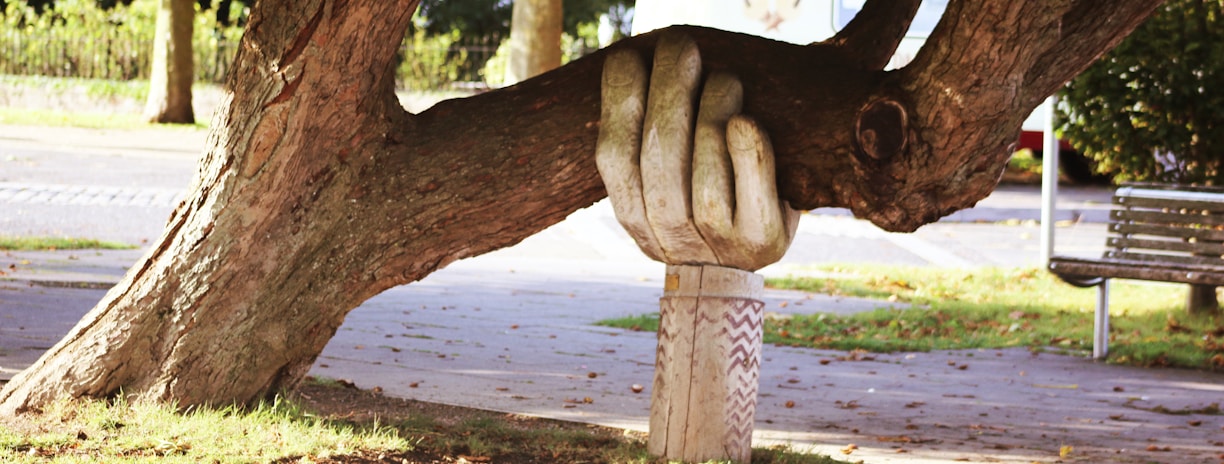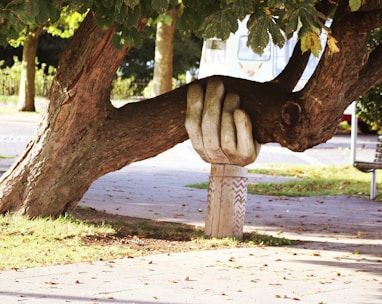Myopathy: Understanding the Pain
Discover the symptoms, treatment options, and latest medical news on myopathy. Stay informed and find relief from this type of pain.



Latest Research on Myopathy: Promising Advances and Future Directions
Introduction In recent years, the field of medical research has made significant strides in understanding and treating various health conditions. Myopathy, a group of muscle diseases characterized by muscle weakness and degeneration, has been the subject of extensive scientific investigations. In this blog, we will delve into the latest research findings on myopathy, shedding light on the advancements in diagnosis, treatment options, and potential future developments. Understanding Myopathy Myopathy refers to a broad range of muscle disorders that can manifest in various forms, such as inflammatory myopathies, congenital myopathies, and muscular dystrophies. These conditions can be inherited or acquired and often result in muscle weakness, decreased mobility, and impaired muscle function. The underlying causes of myopathies can be genetic mutations, autoimmune responses, metabolic abnormalities, or mitochondrial dysfunction Diagnostic Advancements Accurate and timely diagnosis is crucial for effectively managing myopathy and providing appropriate treatment. Recent research has focused on improving diagnostic techniques, enabling earlier detection and differentiation of specific myopathies. Genetic testing has become a valuable tool in identifying the specific genetic mutations responsible for inherited myopathies, aiding in personalized treatment strategies. Additionally, advancements in imaging technologies, such as magnetic resonance imaging (MRI) and ultrasound, have enabled detailed visualization of muscle structure and function. These non-invasive imaging modalities can assist in identifying muscle abnormalities, assessing disease progression, and monitoring treatment response. Treatment Breakthroughs While there is currently no cure for most myopathies, researchers have made remarkable progress in developing innovative treatment approaches that aim to alleviate symptoms, slow disease progression, and enhance patients' quality of life. Gene Therapy: Gene therapy holds great promise in treating certain types of myopathies caused by specific genetic mutations. By introducing healthy genes or modifying the faulty ones, scientists hope to restore normal muscle function. Encouraging results have been observed in clinical trials, offering hope for future therapeutic interventions. Pharmacological Interventions: Researchers are actively investigating potential drug treatments that target various mechanisms involved in myopathies. Some pharmaceutical agents show promise in enhancing muscle strength, reducing muscle inflammation, and improving muscle regeneration. Exercise and Rehabilitation: Physical activity and tailored exercise programs have proven beneficial in managing myopathies. Recent studies have highlighted the importance of exercise as a supportive therapy, promoting muscle strength, improving mobility, and enhancing overall well-being in myopathy patients.
1 min read

Living with Myopathy: Coping Strategies and Support
Learn about coping strategies and support systems for individuals living with myopathy. Find ways to enhance quality of life and emotional well-being.
1 min read

Managing Myopathy Pain: Effective Treatment Options
Medications for Myopathy Pain: When it comes to managing myopathy pain, medications can play a significant role in providing relief. Here are some commonly used medications: Nonsteroidal Anti-Inflammatory Drugs (NSAIDs): NSAIDs like ibuprofen and naproxen are commonly prescribed to reduce inflammation and alleviate pain in myopathy. These medications work by inhibiting the production of pain-causing chemicals in the body. Muscle Relaxants: Muscle relaxants such as baclofen and cyclobenzaprine can help manage muscle spasms and associated pain. By blocking signals in the brain that cause muscle contractions, these medications promote relaxation and reduce pain. Analgesics: For moderate to severe pain, doctors may prescribe stronger pain medications such as opioids or tramadol. These medications bind to opioid receptors in the brain, blocking pain signals and providing relief. Physical Therapy for Myopathy Pain: Physical therapy is a valuable non-pharmacological approach to managing myopathy pain. Here are effective strategies employed in physical therapy: Stretching and Strengthening Exercises: Physical therapists design personalized exercise programs comprising stretching and strengthening exercises. These exercises enhance muscle flexibility, reduce stiffness, and strengthen weak muscles, leading to improved function and reduced pain. Low-Impact Aerobic Exercises: Engaging in low-impact activities like swimming, cycling, or walking helps maintain muscle tone, improve cardiovascular fitness, and reduce stiffness without putting excessive strain on the muscles. Heat and Cold Therapy: Applying heat or cold to the affected muscles can provide temporary pain relief. Heat therapy, such as warm showers or heating pads, relaxes muscles and reduces stiffness, while cold therapy, such as ice packs, numbs the area and reduces inflammation. Transcutaneous Electrical Nerve Stimulation (TENS): TENS therapy involves applying low-voltage electrical currents through electrodes on the skin. It disrupts pain signals and stimulates the release of natural pain-relieving chemicals, providing relief from muscle pain. Assistive Devices and Lifestyle Modifications: To manage myopathy pain effectively, consider the following strategies: Assistive Devices: Depending on individual needs and limitations, using assistive devices like braces, splints, canes, or walkers can reduce muscle strain and alleviate pain, improving mobility and independence. Ergonomic Modifications: Making ergonomic adjustments to your environment, such as adjusting furniture height and position, using ergonomic tools, and practicing proper body mechanics, can help minimize muscle strain and alleviate pain. Pain Management Techniques: Incorporating pain management techniques such as deep breathing exercises, relaxation techniques, and mindfulness meditation can reduce stress, promote relaxation, and alleviate myopathy pain. Conclusion: Managing myopathy pain requires a comprehensive approach that combines medications, physical therapy, and lifestyle modifications. By understanding the available treatment options and working closely with healthcare professionals, individuals with myopathy can find effective strategies to alleviate discomfort and improve their quality of life. Whether it's through medications to reduce inflammation and muscle spasms or physical therapy techniques to improve muscle function and flexibility, relief from myopathy pain is possible with the right treatment plan. Was this response better or worse? Better Worse Same
1 min read
About Myopathy
Learn about myopathy and find reliable health information on symptoms, treatment, and more from Clinic. Stay updated with the latest medical news.



